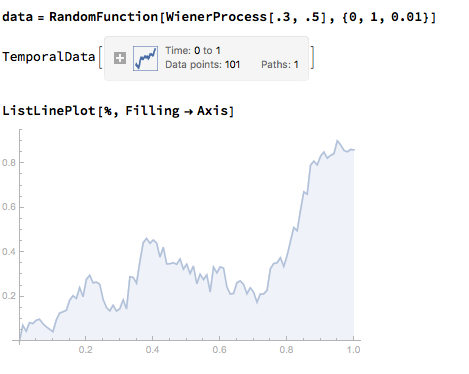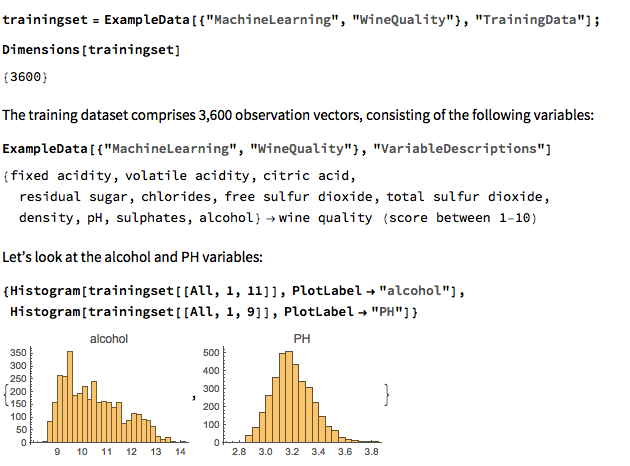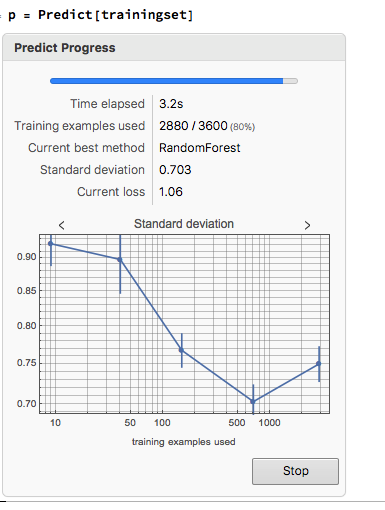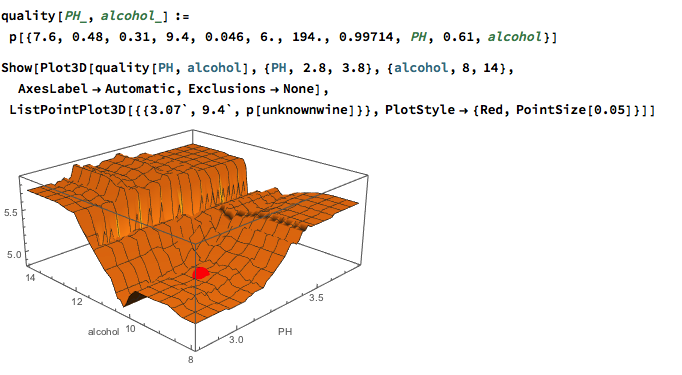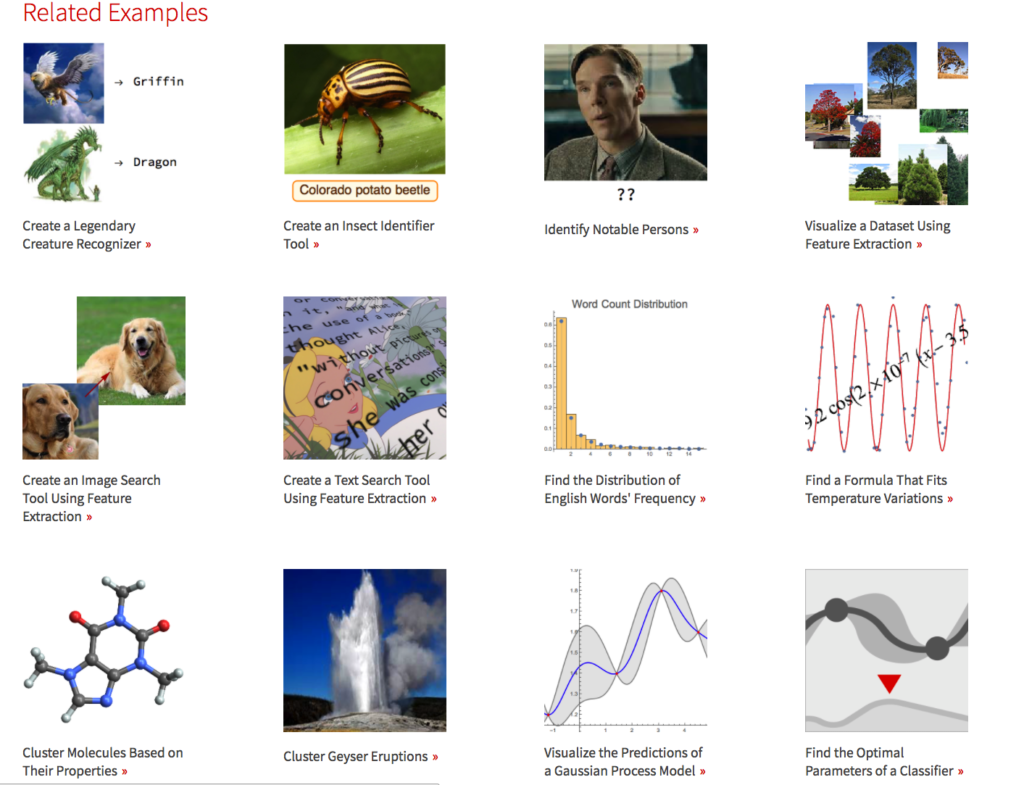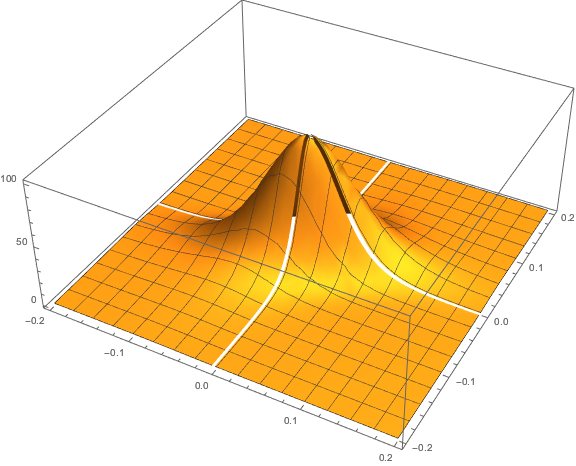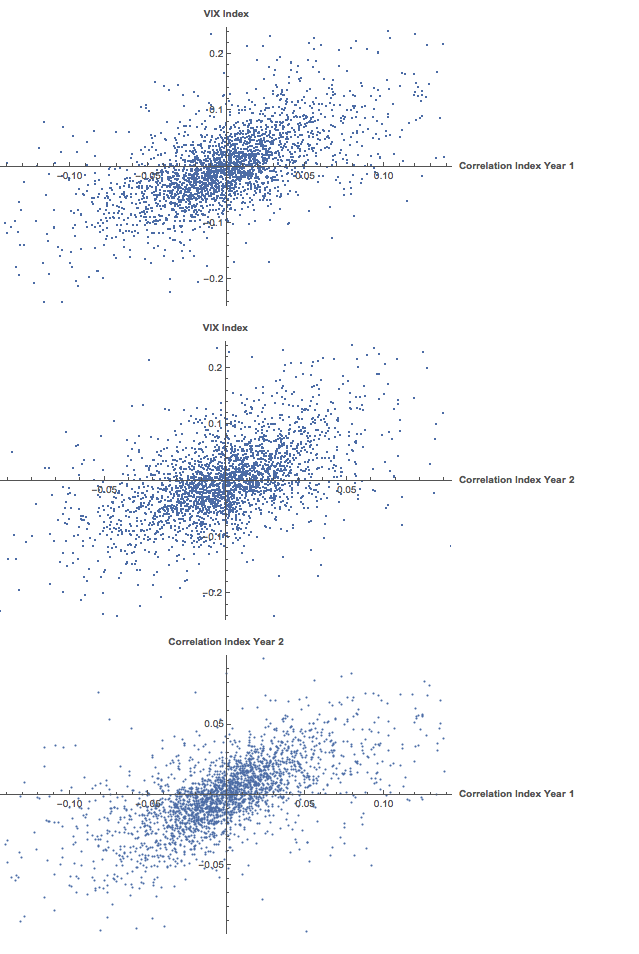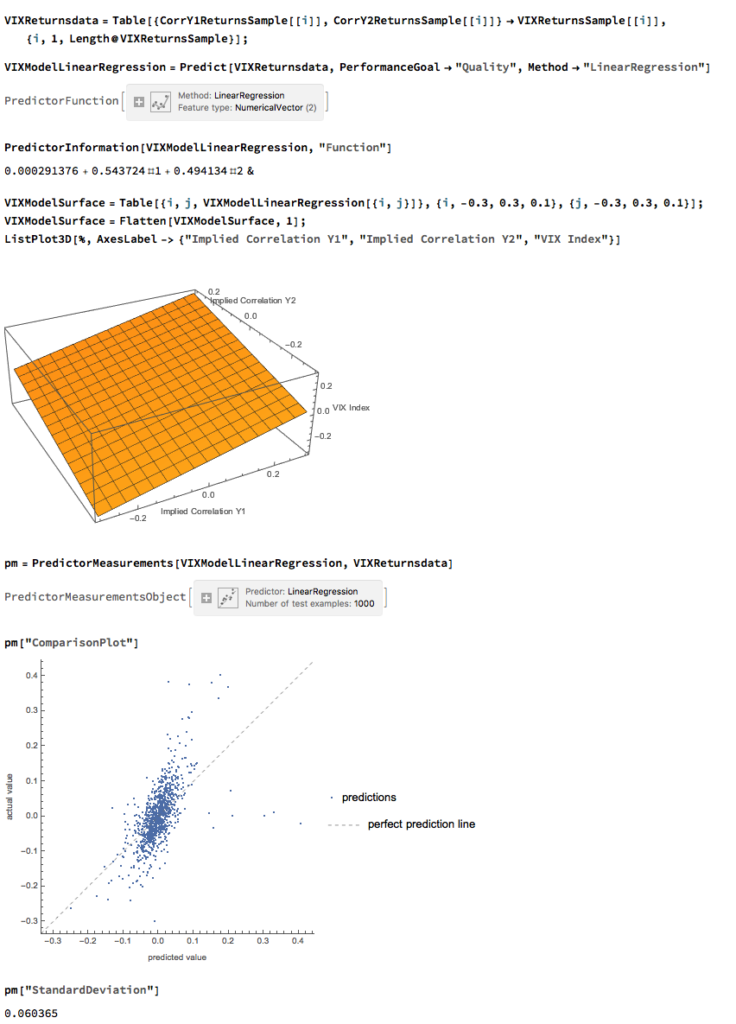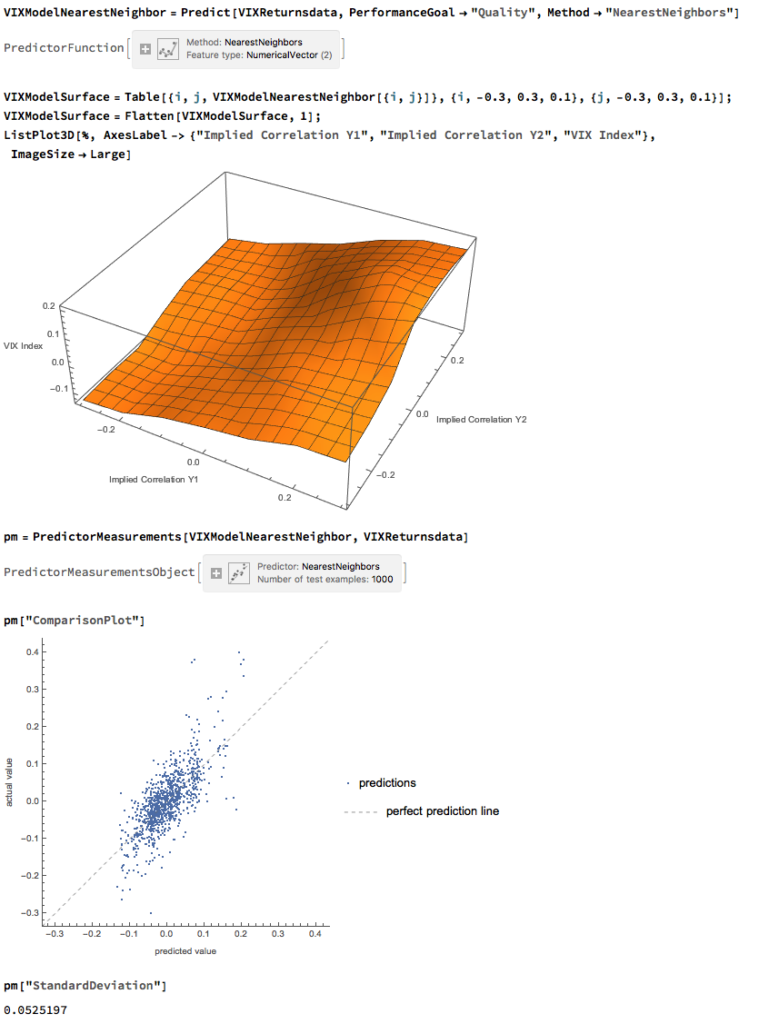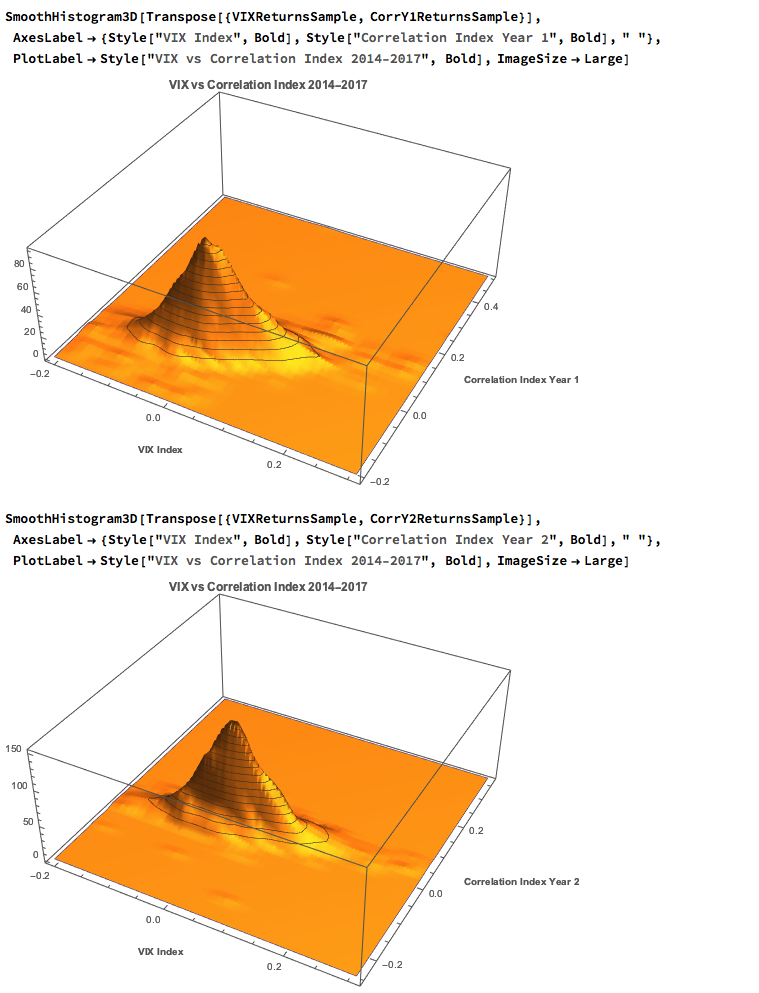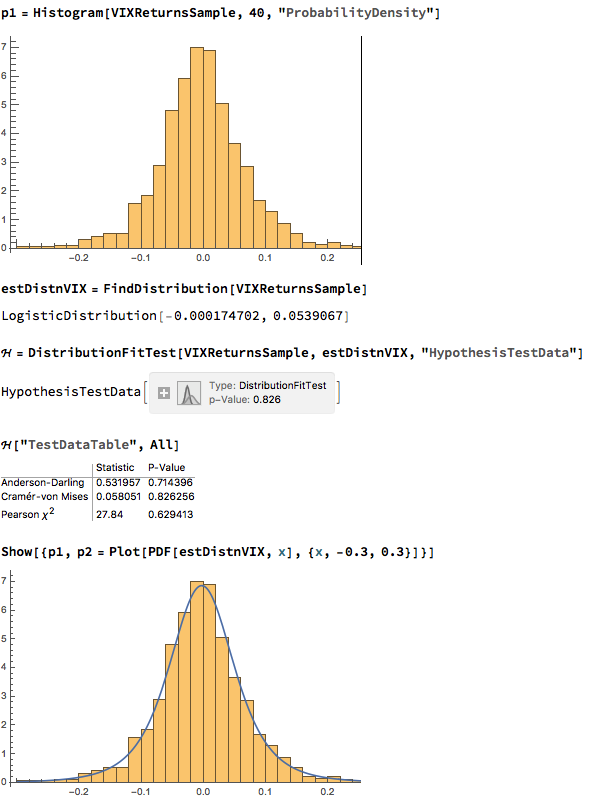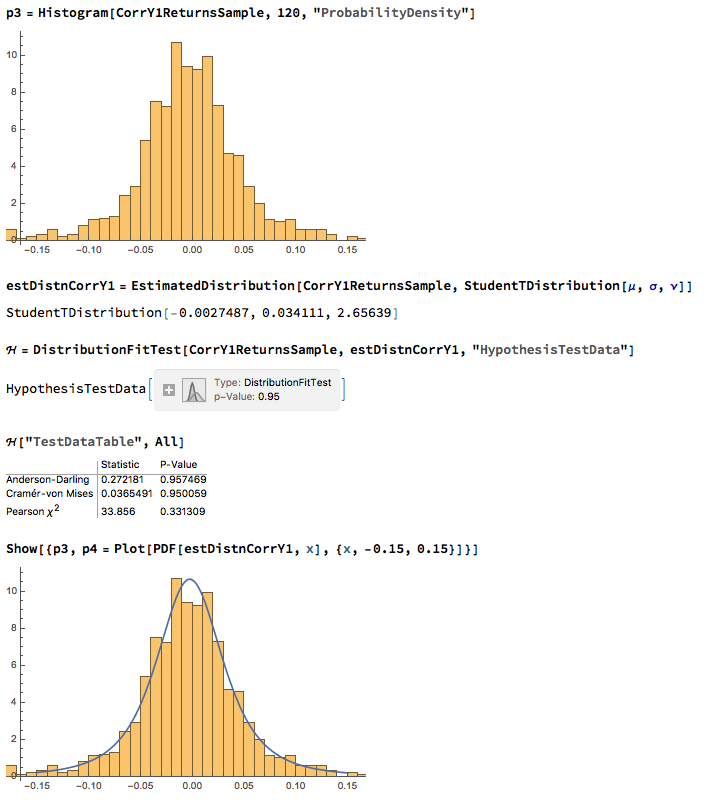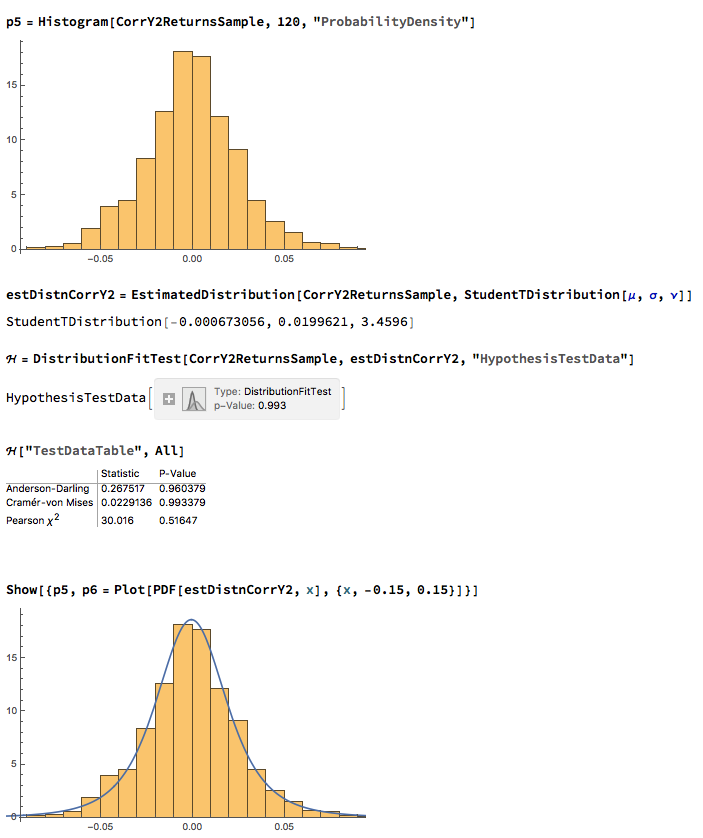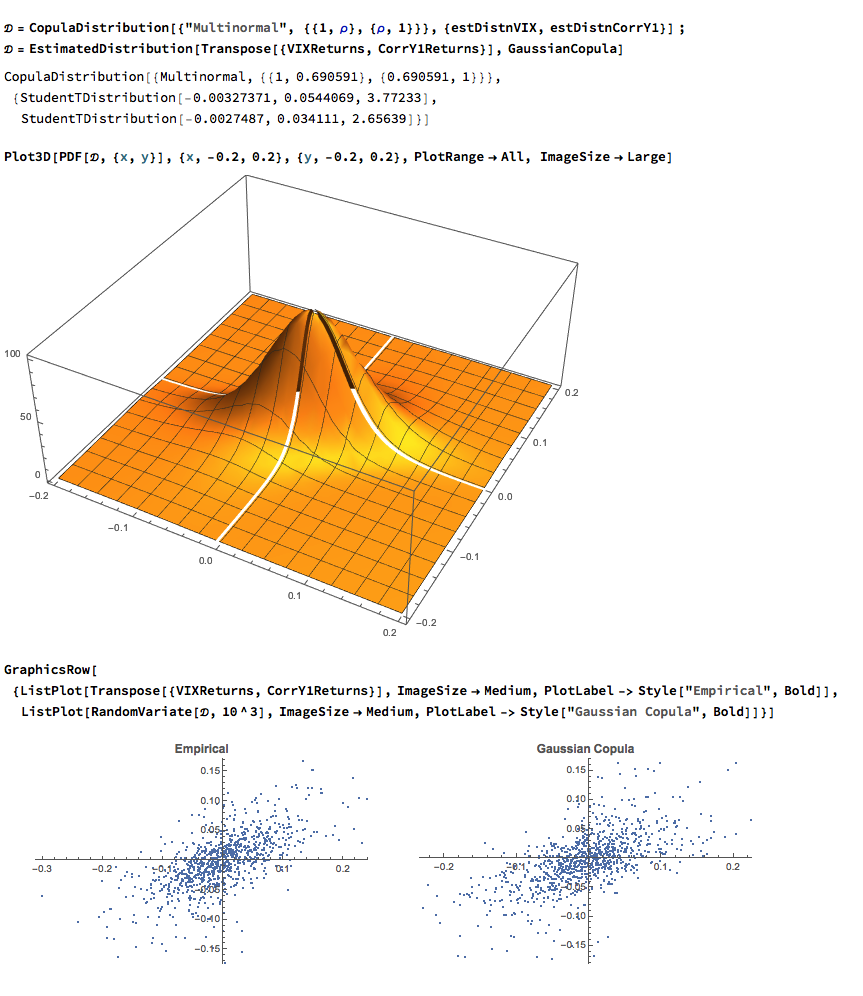No doubt many of you sharp-eyed readers will have spotted a spelling error, thinking I intended to refer to one of these:
But, in fact, I really did have in mind something more like this:
We are following an example from the recently published Mathematica Beyond Mathematics by Jose Sanchez Leon, an up-to-date text that describes many of the latest features in Mathematica, illustrated with interesting applications. Sanchez Leon shows how Mathematica’s machine learning capabilities can be applied to the craft of wine-making.
We begin by loading a curated Wolfram dataset comprising measurements of the physical properties and quality of wines:
A Machine Learning Prediction Model for Wine Quality
We’re going to apply Mathematica’s built-in machine learning algorithms to train a predictor of wine quality, using the training dataset. Mathematica determines that the most effective machine learning technique in this case is Random Forest and after a few seconds produces the predictor function:
Mathematica automatically selects what it considers to be the best performing model from several available machine learning algorithms:
Let’s take a look at how well the predictor perform on the test dataset of 1,298 wines:
We can use the predictor function to predict the quality of an unknown wine, based on its physical properties:
Next we create a function to predict the quality of an unknown wine as a function of just two of its characteristics, its pH and alcohol level. The analysis suggests that the quality of our unknown wine could be improved by increasing both its pH and alcohol content:
Applications and Examples
This simple toy example illustrates how straightforward it is to deploy machine learning techniques in Mathematica. Machine Learning and Neural Networks became a major focus for Wolfram Research in version 10, and the software’s capabilities have been significantly enhanced in version 11, with several applications such as text and sentiment analysis that have direct relevance to trading system development:
For other detailed examples see:
http://jonathankinlay.com/2016/08/machine-learning-model-spy/
http://jonathankinlay.com/2016/11/trading-market-sentiment/
http://jonathankinlay.com/2016/08/dynamic-time-warping/

